Morocco captivates travelers through all senses, but perhaps none more powerfully than smell. The country’s distinctive aromatic landscape creates lasting memories that are more vivid than any photograph could capture.
From bustling markets where dozens of spices create complex perfumes to coastal towns where salt air mingles with grilling seafood, Morocco offers some of the world’s most remarkable olfactory experiences. Here is a list of 20 locations across Morocco where the aromas define the experience as much as the sights, creating sensory memories that linger long after your journey ends.
Marrakech’s Spice Souks
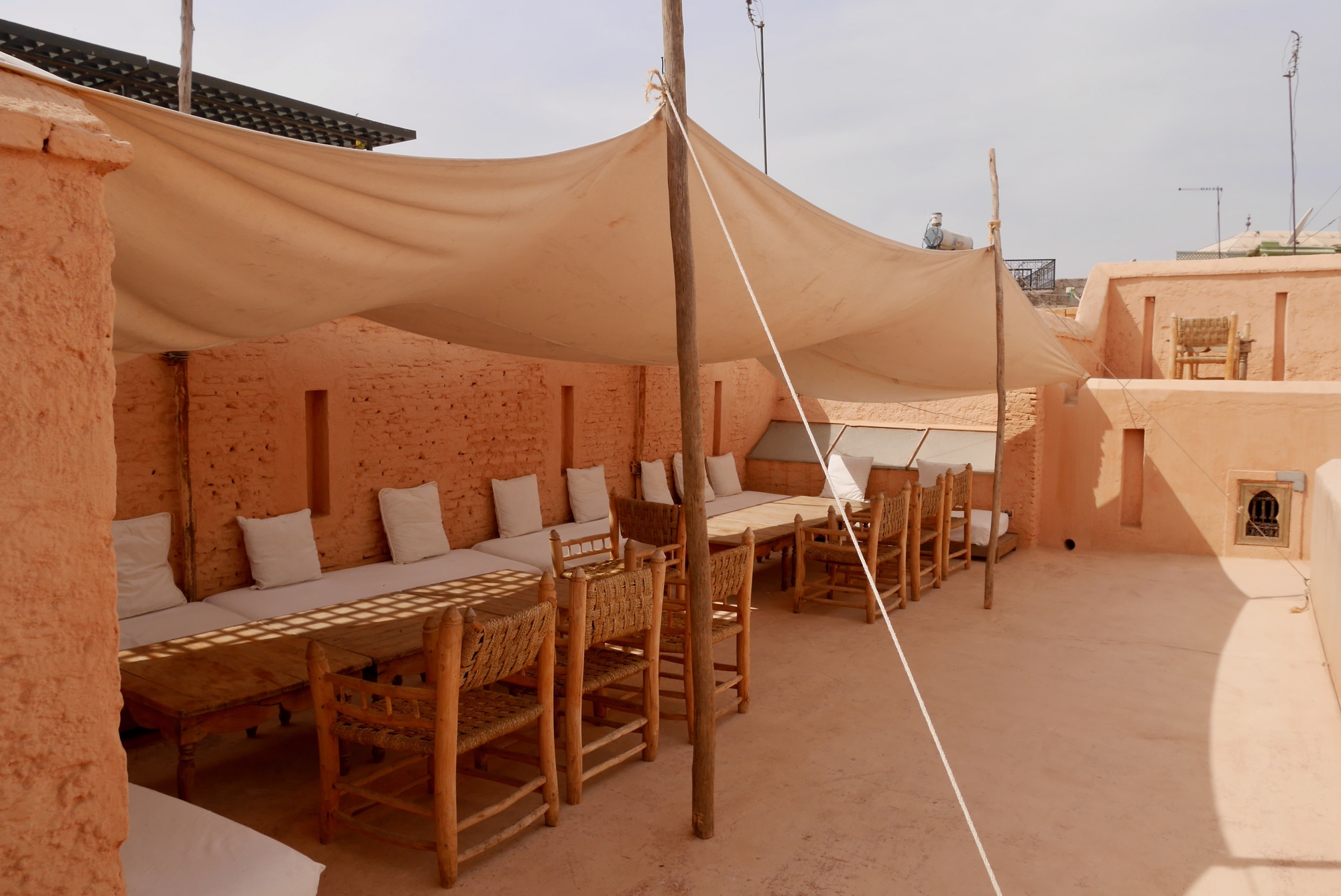
In the heart of Marrakech’s medina, narrow alleyways lined with spice vendors create perhaps the most iconic aromatic experience in Morocco. Towering cones of cumin, cinnamon, saffron, and paprika release their scents into the air while vendors offer freshly ground ras el hanout, a complex blend that can contain over thirty different spices.
The competing fragrances create an invisible architecture as distinctive as the physical stalls themselves, shifting subtly as you move through the market.
The Tanneries of Fez
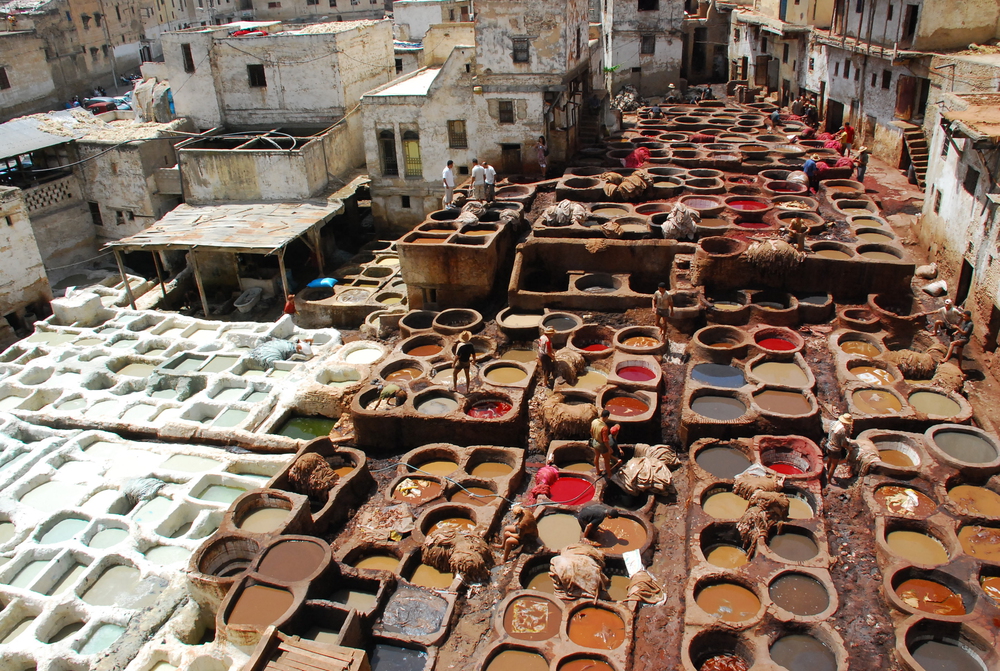
The ancient leather tanneries of Fez present perhaps the most challenging yet authentic aromatic experience in Morocco’s oldest imperial city. The distinctive mixture of pigeon droppings, lime, and natural dyes used in the traditional tanning process creates a powerful scent that locals counteract by offering visitors sprigs of fresh mint as natural “smelling salts.”
This centuries-old industrial process connects visitors directly to medieval production methods through an olfactory experience that has been unchanged for nearly a thousand years.
Like Travel Pug’s content? Follow us on MSN.
Essaouira’s Fish Market

The coastal town of Essaouira offers a symphony of maritime scents. The fresh Atlantic breeze mingles with the distinctive aroma of the day’s catch being sold and grilled at the bustling port market. Salt air, charcoal smoke, and the clean oceanic scent of freshly caught sardines, soles, and sea bass combine with the aromas of cumin, garlic, and lemon used to season the fish.
Morning visits provide the purest experience when fishermen arrive with their catches and the grilling begins.
Chefchaouen’s Bread Bakeries
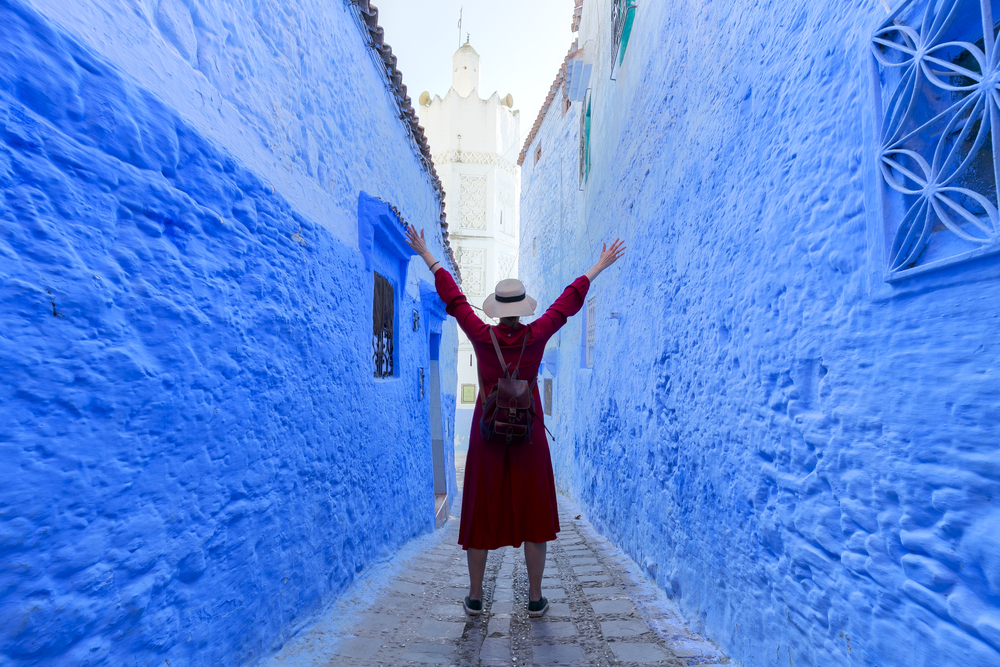
The blue-washed mountain town of Chefchaouen fills with the comforting aroma of baking bread each morning as communal ovens fire up to prepare the day’s khobz. Public bakeries tucked into narrow streets emit warm, yeasty fragrances that signal breakfast time to residents and visitors alike.
The distinctive aroma intensifies in the cool mountain air, winding through the blue-painted lanes and creating an invisible trail that hungry travelers can follow to find fresh-baked sustenance.
The Rose Valley
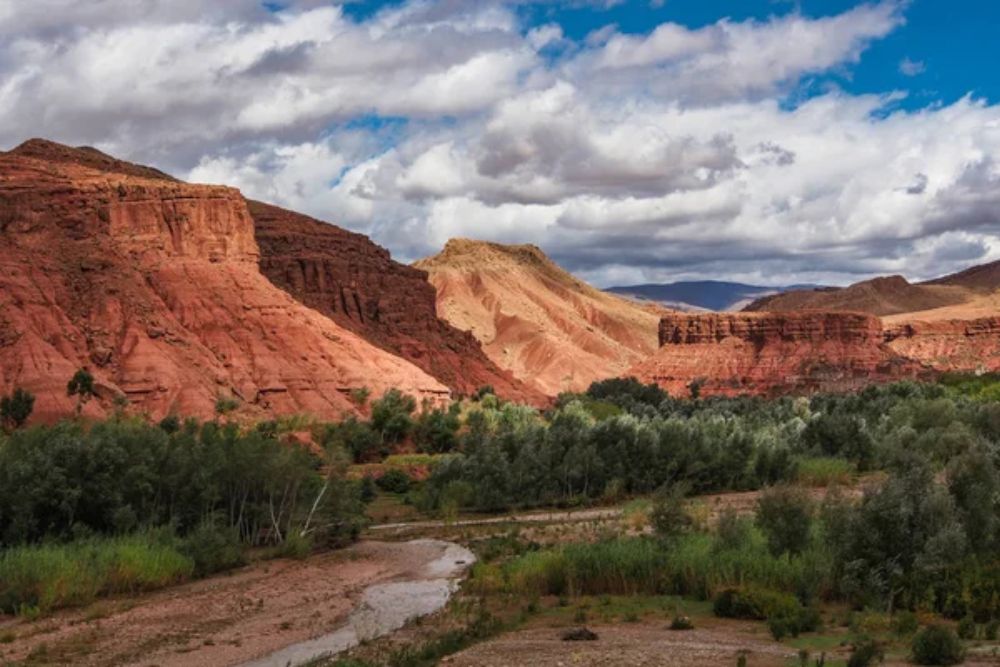
Each spring, Morocco’s Rose Valley near Kalaat M’Gouna transforms into a sea of pink Damascus roses that perfume the air for miles around with their intense fragrance. The annual May harvest creates an extraordinary aromatic experience as millions of roses are collected for distillation into precious oil and rose water.
Village women gather flowers at dawn when their essential oils are most concentrated, filling the valley with both visual beauty and intoxicating natural perfume that reaches its peak during the famous Rose Festival.
Like Travel Pug’s content? Follow us on MSN.
The Cedar Forests of Azrou
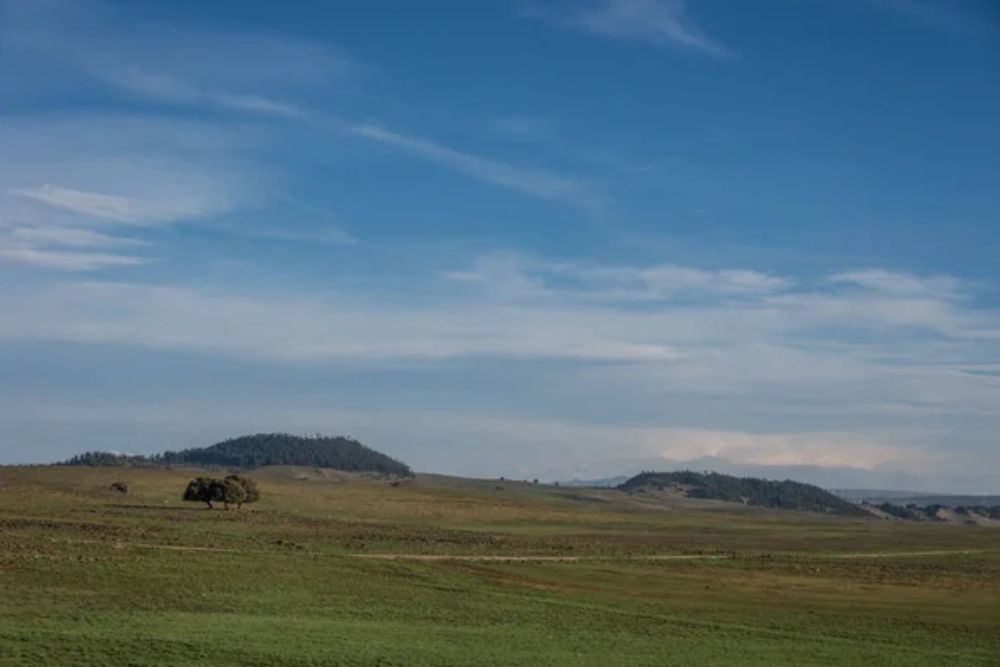
The Middle Atlas mountains near Azrou contain ancient cedar forests where the distinctive resinous aroma of these majestic trees creates a naturally perfumed environment unlike anywhere else in Morocco. The clean, slightly sweet scent of cedar permeates the cool mountain air, intensifying when summer heat releases the trees’ essential oils.
Local artisans who carve the fragrant wood add another dimension to the experience as fresh cedar shavings release concentrated aromas in their workshop doorways.
Mint Tea Cafes in Tangier
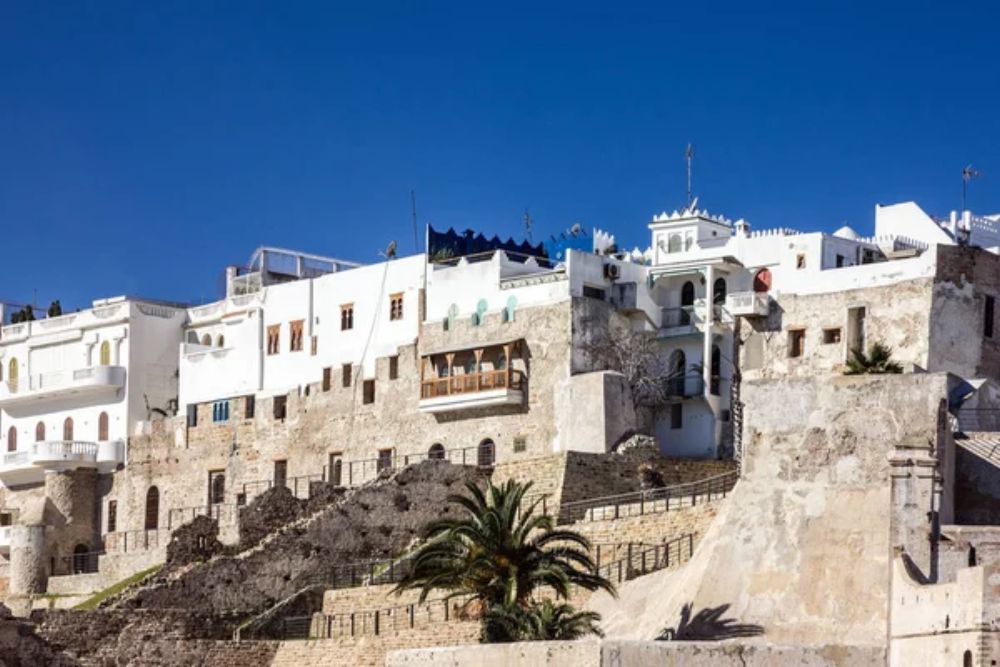
The clifftop cafes of Tangier’s Kasbah district offer a distinctive aromatic experience where fresh mint tea is prepared against a backdrop of Mediterranean breezes carrying hints of brine from the meeting point of the Atlantic and Mediterranean. The ritual preparation of this national drink—fresh mint leaves steeped with green tea and sugar—releases a cloud of sweet herbaceous steam that mingles with sea air and the subtle scent of traditional pastries served alongside.
Each glass poured from height generates a fresh aromatic cloud that signals hospitality.
The Orange Groves of Taroudant
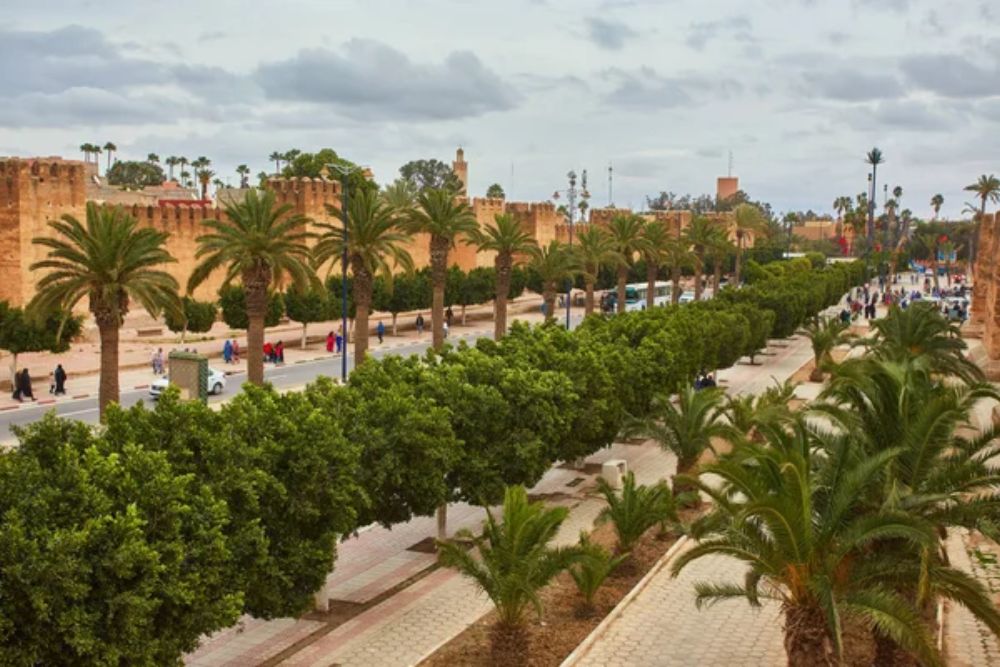
The ancient walled city of Taroudant lies surrounded by orange orchards whose blossoms perfume the air each spring with an intoxicating sweetness that wafts over the red ramparts. This seasonal phenomenon transforms the already beautiful “Little Marrakech” into an aromatic paradise where the scent strengthens at sunset as cooling air holds the fragrance closer to the ground.
Local producers capture this essence in orange flower water sold in the medina, creating portable memories of this distinctive seasonal perfume.
Like Travel Pug’s content? Follow us on MSN.
The Argan Cooperatives of Essaouira Region
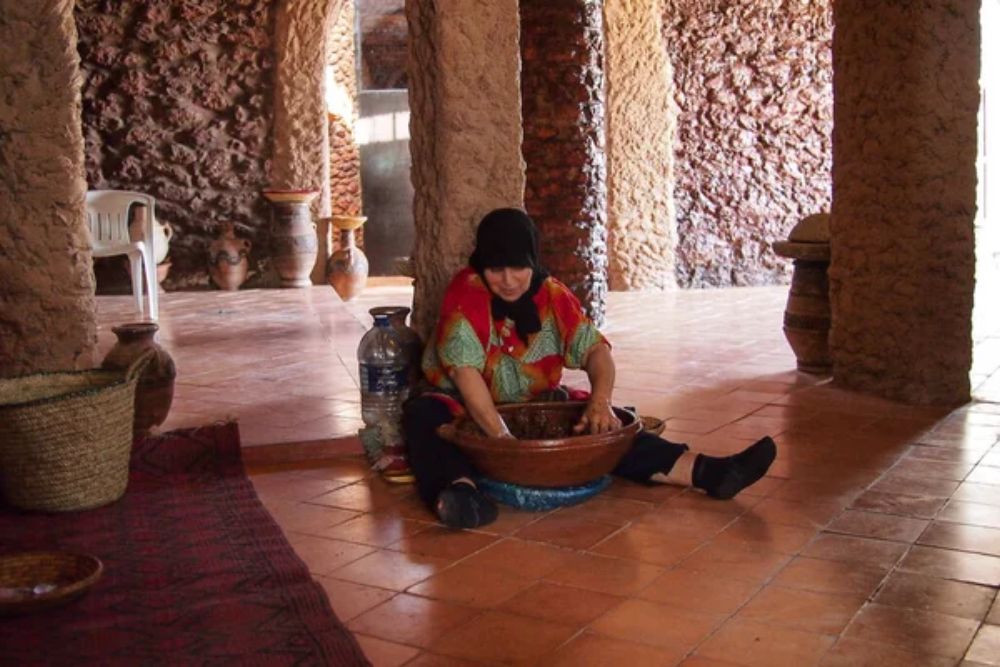
Women’s argan cooperatives throughout the countryside near Essaouira fill with the distinctive nutty aroma of roasting argan kernels as they’re prepared for oil pressing. This labor-intensive process releases a warm, toasty fragrance somewhere between roasted almonds and popcorn that signals the creation of Morocco’s liquid gold.
The subtle scent of the unscented oil itself mixes with the more pronounced aroma of the roasting process, creating a multidimensional olfactory experience tied to this uniquely Moroccan product.
The Herb Gardens of the High Atlas
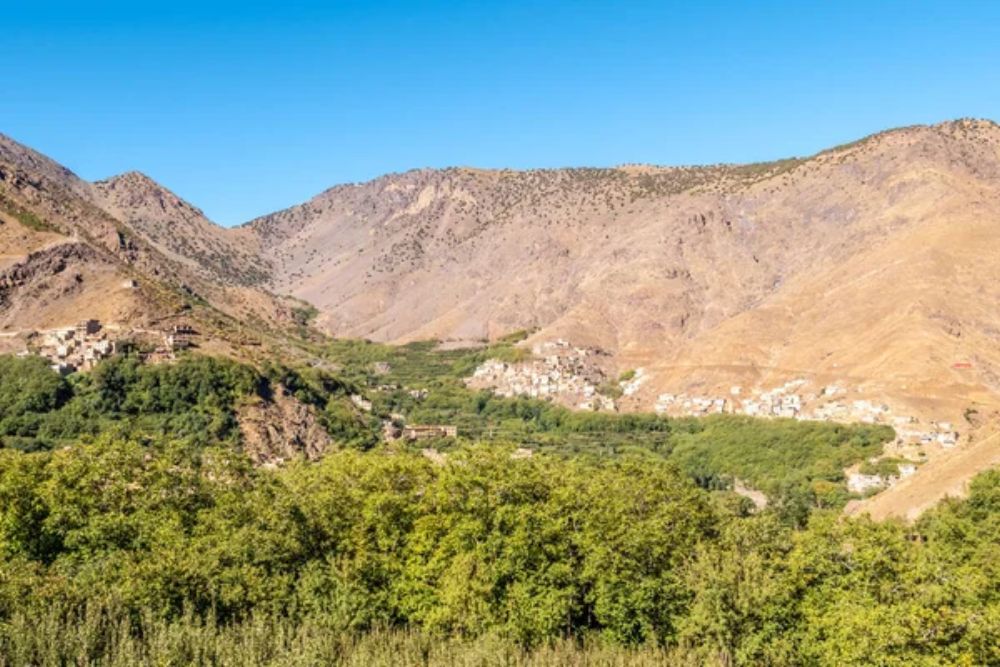
Remote Berber villages throughout the High Atlas mountains maintain herb gardens where medicinal and culinary plants release their essential oils in the thin mountain air. These compact gardens contain concentrated collections of wild thyme, rosemary, sage, lavender, and dozens of other aromatic plants used in traditional medicine and cooking.
The combination of altitude, intense sun, and minimal rainfall produces herbs with intensely concentrated essential oils that perfume the surrounding air with complex botanical fragrances.
The Date Oasis of Zagora
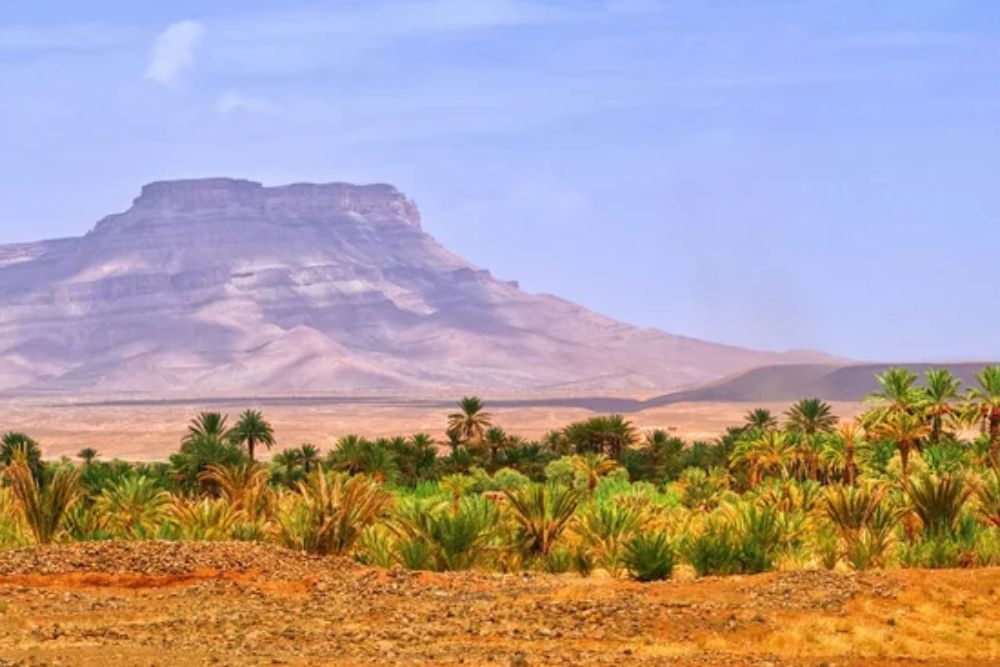
The palm oases around Zagora offer a remarkable contrast between desert aridity and the sweet, honeyed aroma of ripening dates that intensifies during the autumn harvest season. When date palms reach peak ripeness, the concentrated sugar ferments slightly, releasing a distinctive scent that attracts both humans and desert creatures.
This natural perfume hangs in the still air between the palm fronds, creating pockets of sweetness that provide sensory relief from the otherwise austere desert landscape.
Like Travel Pug’s content? Follow us on MSN.
The Pastry Shops of Rabat
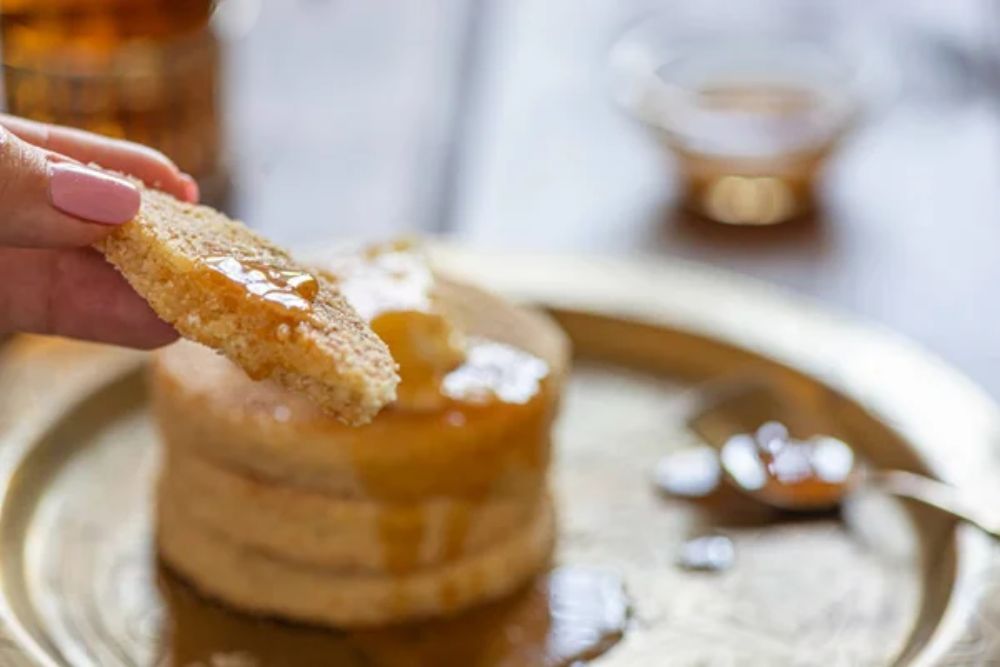
Morocco’s capital city contains numerous traditional pastry shops, where the distinctive scent of orange flower water, honey, and almonds announces their presence before you see them. Preparing traditional sweets like chebakia during Ramadan intensifies this experience, as the aromas of frying dough, honey, and sesame fill entire neighborhoods.
These shops often cluster together, creating aromatic zones within the modern city where centuries-old recipes perfume the air with sweet, floral, and nutty notes.
The Olive Presses of Moulay Idriss
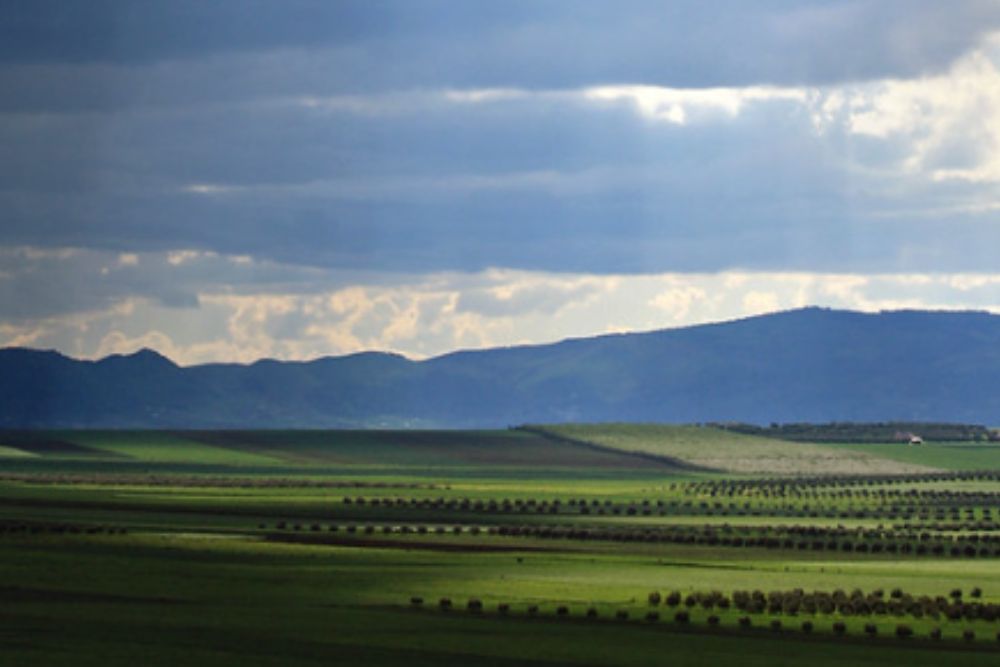
The sacred town of Moulay Idriss contains numerous traditional olive presses that fill with the green, grassy aroma of fresh olive oil during the winter pressing season. This distinctive scent—pungent, peppery, and vegetative—permeates the winding streets of the hillside town when production is at its peak.
The freshly pressed oil carries such a strong aroma that locals say you can follow your nose to find the most recent pressing, where the greenest, most aromatic oil signals the highest quality.
The Thuya Workshops of Essaouira
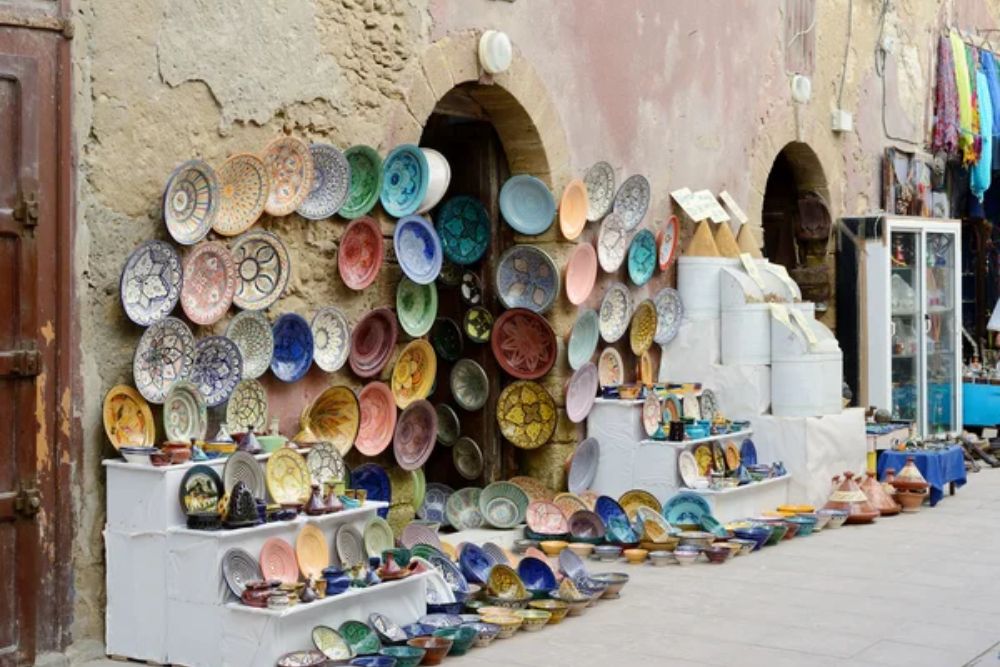
Artisan quarters in Essaouira contain workshops specializing in thuya wood carving. The aromatic burls of this ancient conifer release their distinctive scent as craftsmen shape them into inlaid boxes and decorative objects. The warm, resinous fragrance intensifies with each cut and sanding, creating a natural perfume that signals authentic craftsmanship.
This indigenous wood, reminiscent of cedar but with sweeter, more complex notes, has perfumed Moroccan homes for centuries through both its aroma and the precious oils stored in inlaid boxes made from it.
Like Travel Pug’s content? Follow us on MSN.
The Saffron Fields of Taliouine
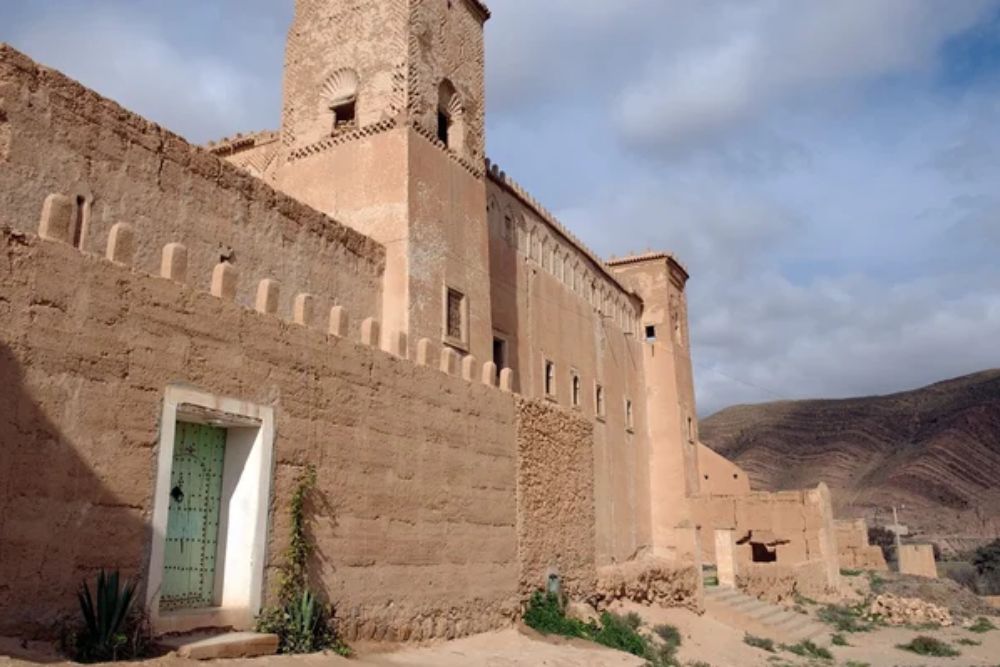
Morocco’s saffron-growing region around Taliouine offers a rare aromatic experience during the brief November harvest when purple crocus flowers carpet the fields and workers carefully collect their precious red stigmas. The distinctive honeyed, slightly medicinal aroma of fresh saffron intensifies in the cooperative drying rooms where thousands of threads concentrate their essential oils.
Unlike most spices that announce themselves boldly, saffron’s subtle fragrance requires close attention, rewarding mindful visitors with one of the cuisine’s most precious scents.
The Smen Cellars of Fez
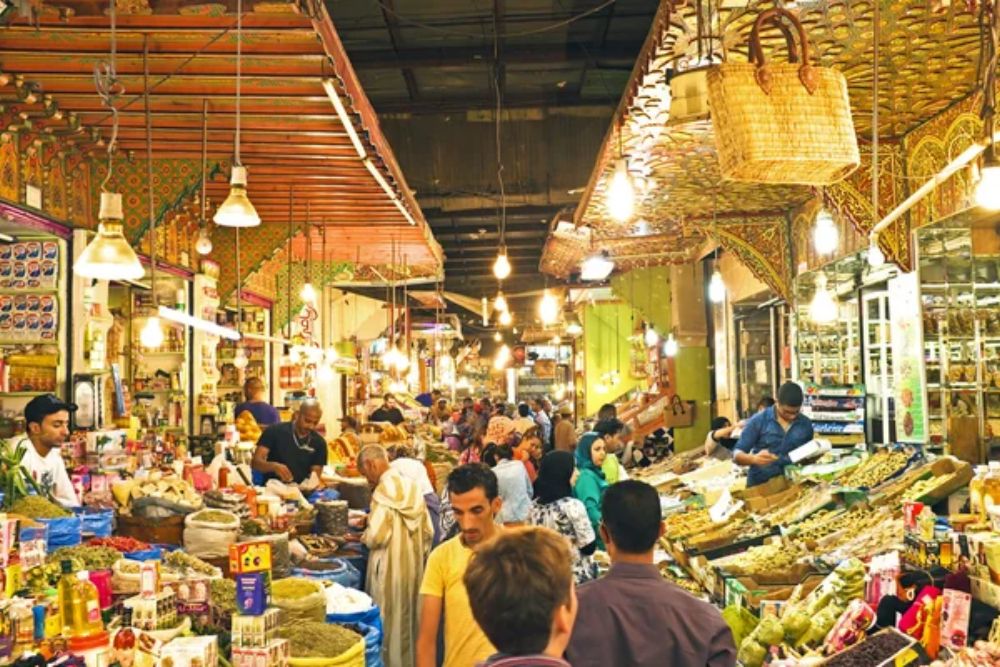
Deep within Fez’s medina, are specialized shops that store-aged smen, a traditional fermented butter buried underground for years or even decades to develop an intense flavor. The distinctive aroma combines notes of blue cheese, aged parmesan, and earthy cave-aged products with a pungency that locals prize as an indicator of quality.
Some smen merchants claim their oldest products date back centuries, buried as dowry items for yet-unborn daughters and developing extraordinary aromatic complexity over decades of fermentation.
The Attar Perfumers of Marrakech
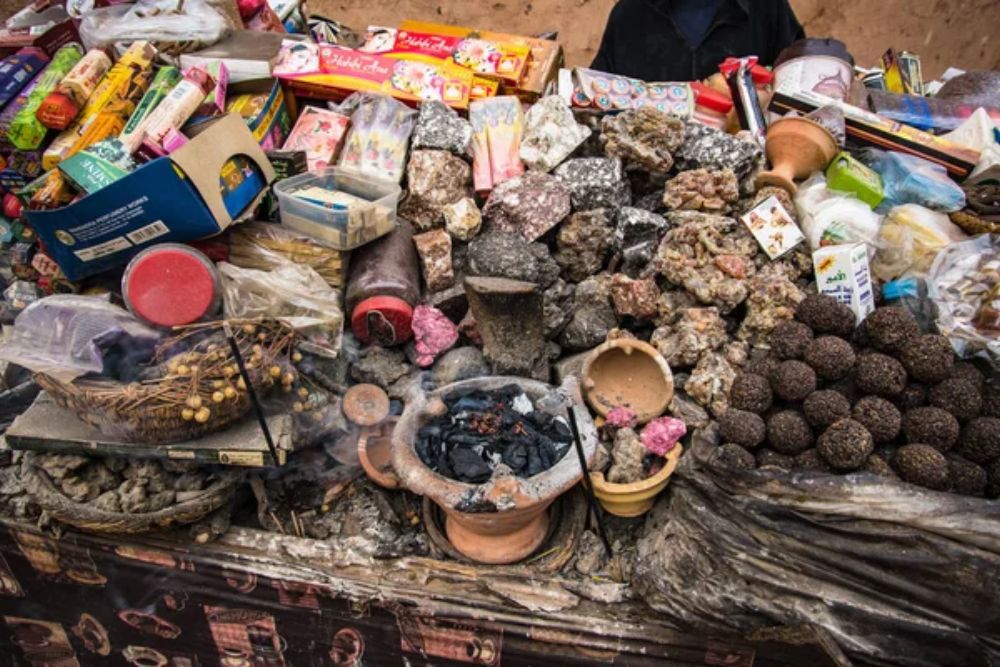
Traditional perfumers known as attars maintain shops throughout Marrakech’s medina, where they blend natural essences into personalized fragrances and therapeutic remedies. These tiny shops contain hundreds of essential oils in glass vials—rose, jasmine, sandalwood, amber, and musk—creating layered aromatic environments where each bottle opened adds new notes to the ambient scent.
The attars themselves serve as living libraries of scent knowledge, often able to identify and treat ailments through smell alone after decades of olfactory training.
Like Travel Pug’s content? Follow us on MSN.
The Cedar Markets of Ifrane
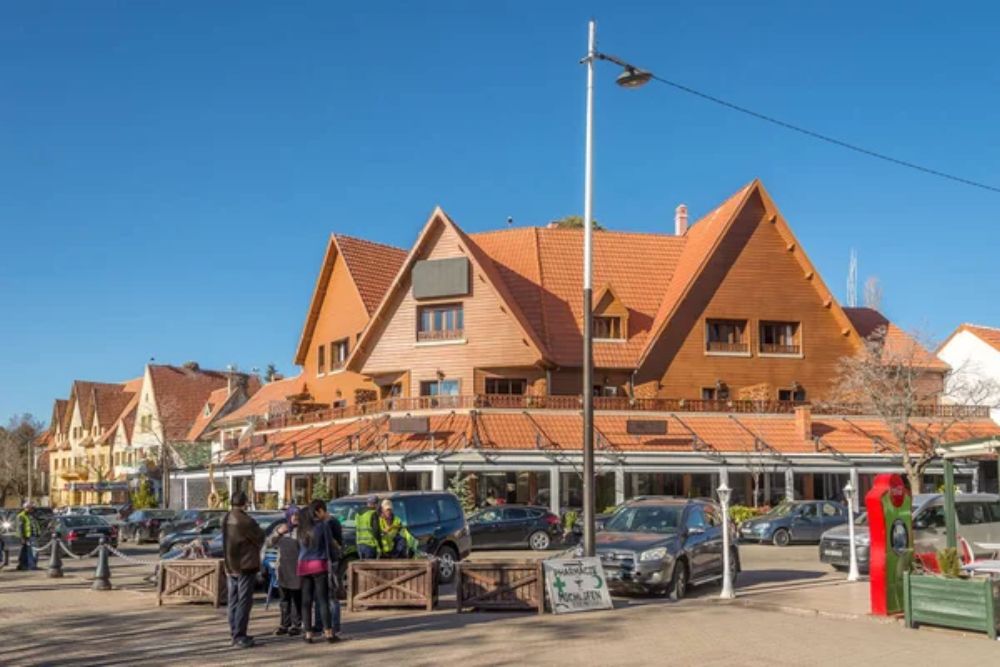
The mountain town of Ifrane contains specialized markets selling products made from the aromatic cedar forests that surround this “Little Switzerland” in the Middle Atlas. Walking through these shops means experiencing layers of cedar aroma in different concentrations—from subtle notes emanating from furniture to intense fragrance released from freshly cut ornamental items.
The cool mountain air preserves these scents, allowing them to linger rather than dissipate quickly as they would in Morocco’s warmer regions.
The Amber Dealers of Tangier
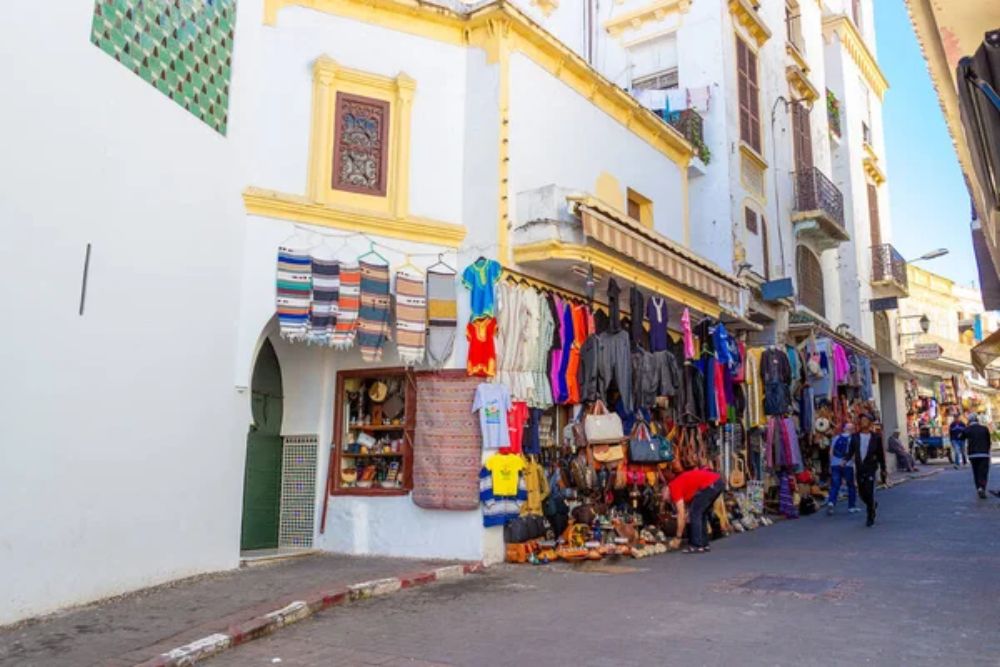
Specialized merchants in Tangier’s old city offer authentic ambergris—a rare aromatic substance produced in sperm whale digestive systems and occasionally found washed up on Morocco’s Atlantic coast. This extraordinarily valuable natural perfume ingredient emits a distinctive marine-adjacent scent unlike anything else—earthy, slightly sweet, with hints of tobacco and ocean.
Genuine ambergris changes its aromatic character when warmed slightly in hand, revealing complex notes that explain why perfumers prize it as a fixative and base note in fine fragrances.
The Sunset Grills of Jemaa el-Fnaa
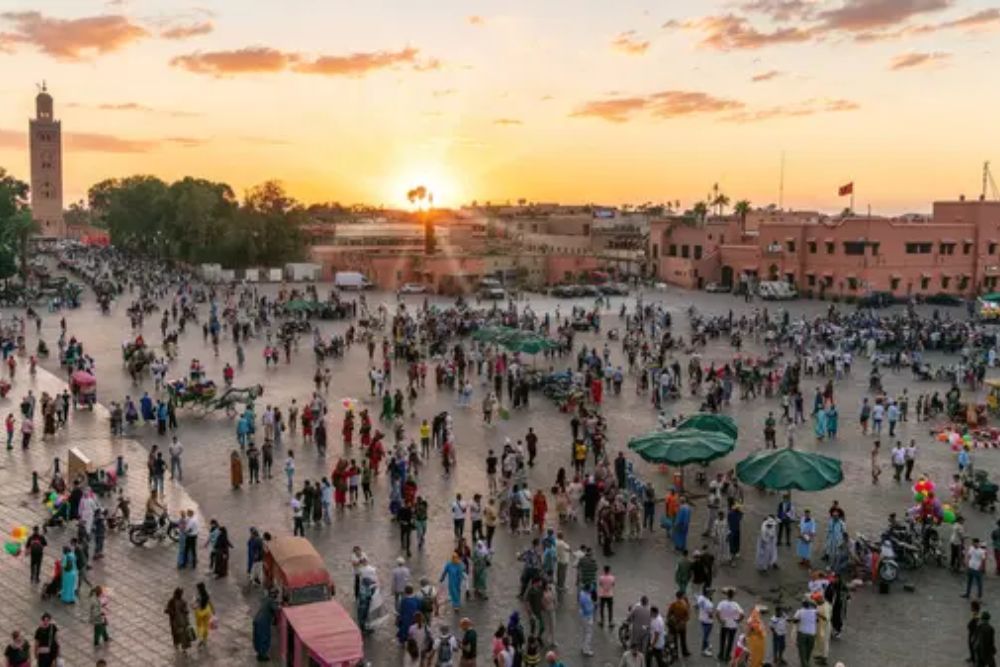
As evening approaches, Marrakech’s famous central square transforms into perhaps the most aromatically complex environment in Morocco as dozens of food stalls simultaneously grill meats, simmer tagines, and fry seafood. The layered fragrance combines charcoal smoke, sizzling spiced meat, steaming harira soup, and brewing mint tea into an almost overwhelming sensory experience.
The distinctive scent—impossible to adequately describe or replicate—has become so iconic that returning visitors often report remembering the smell of the square more vividly than its sights or sounds.
Like Travel Pug’s content? Follow us on MSN.
The Sensory Legacy of Morocco

Morocco’s aromatic landscape offers travelers opportunities to develop a different kind of travel memory—one stored not in photographs but in the brain’s olfactory bulb, directly connected to memory and emotion. These distinctive scents become powerful triggers that can instantly transport you back years later when encountered elsewhere.
While modern travel often prioritizes visual experiences, Morocco reminds us that some of the most profound connections to a place come through our other senses. The country’s aromatic heritage—cultivated through centuries of spice trading, perfume making, and culinary arts—creates an invisible but unforgettable dimension of the Moroccan experience that lingers in sensory memory long after the journey ends.
More from Travel Pug

- Cities Growing so Fast You Won’t Recognize Them in 10 Years
- 13 Destinations Where Tourists Regularly Regret Their Trip
- 20 Obscure WWII Sites Even History Buffs Don’t Know About
- 10 Under-the-Radar Mountain Towns That Are Both Affordable and Beautiful
- 20 Abandoned Places That Feel Like Real-Life Post-Apocalyptic Movie Sets
Like Travel Pug’s content? Follow us on MSN.
